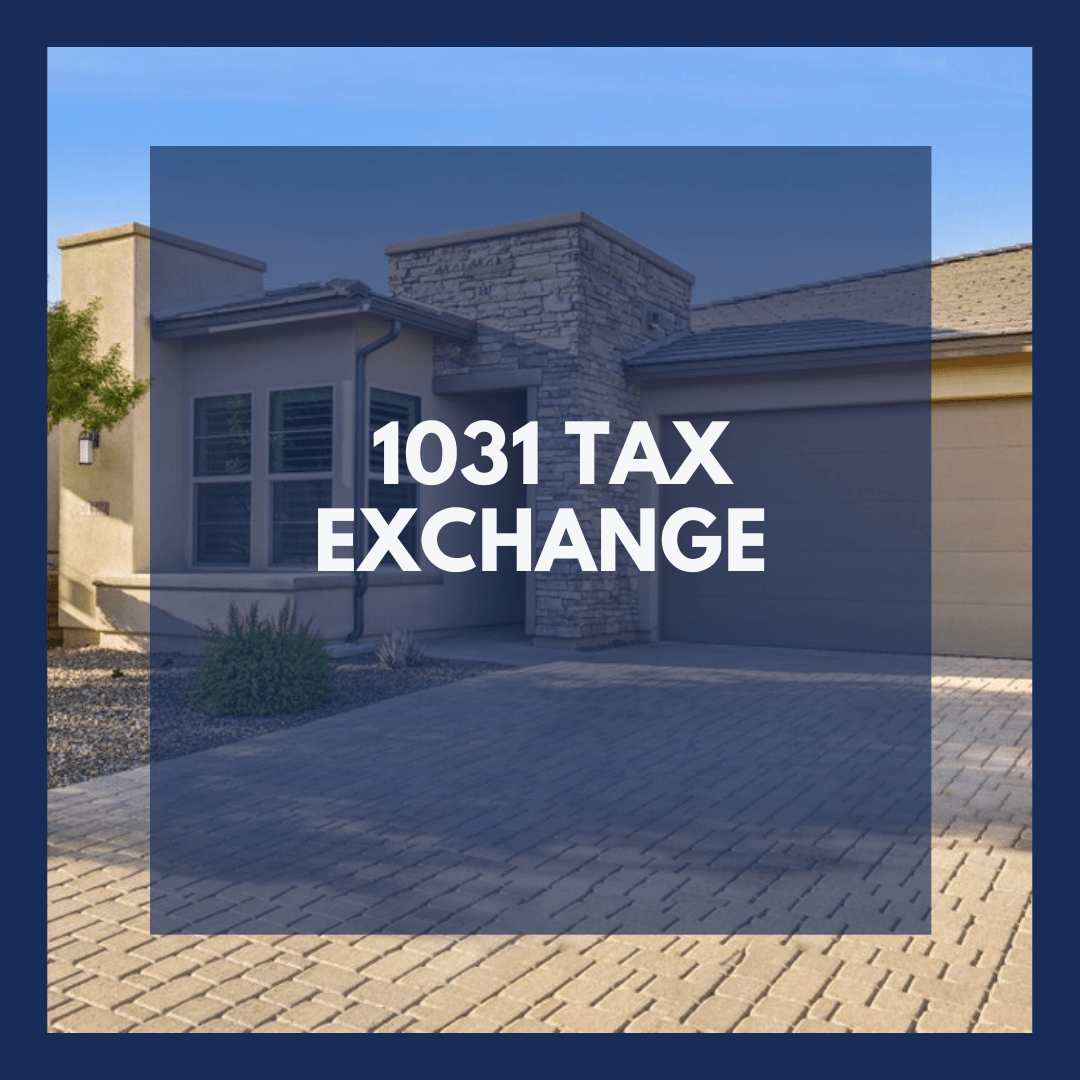
Power of a 1031 Tax Exchange:
Real Estate Beth Kohoutek October 8, 2024

Real Estate Beth Kohoutek October 8, 2024
The Power of a 1031 Tax Exchange: A Smart Investment Tool for Second Homes
Investing in real estate is one of the most effective ways to build wealth, especially if you're considering purchasing a second home. A key strategy to maximize returns while minimizing taxes is the 1031 tax-deferred exchange. This tool allows you to defer capital gains taxes when you sell one investment property and reinvest the proceeds into another. By using a 1031 exchange, you can grow your real estate portfolio while postponing taxes that would otherwise reduce your gains.
What Is a 1031 Tax Exchange?
A 1031 exchange, named after Section 1031 of the Internal Revenue Code, allows you to defer paying capital gains taxes on the sale of an investment property by reinvesting the proceeds into another "like-kind" property. Instead of paying taxes on your profits immediately, you can reinvest those funds into a new property, keeping your money working for you.
Can You Use a 1031 Exchange for a Second Home?
Yes, you can use a 1031 exchange for a second home, but only if the home is considered an investment property and not primarily for personal use. The IRS has specific guidelines to ensure the property qualifies as an investment, which must be followed carefully to avoid disqualification.
Key Rules for a 1031 Exchange
To take advantage of the tax benefits of a 1031 exchange, there are specific rules you need to follow:
Example: How a 1031 Exchange Can Save You on Taxes
Let’s say you bought a second home in Fountain Hills, AZ, for $500,000, primarily using it as a rental property, and occasionally staying there yourself for less than 14 days per year. After five years, the value of the property has increased, and you sell it for $700,000. Without a 1031 exchange, you would owe capital gains taxes on the $200,000 profit, which could amount to tens of thousands of dollars in taxes.
However, by utilizing a 1031 exchange, you can take the entire $700,000 from the sale and reinvest it in a new investment property, such as a rental home in Scottsdale, without having to immediately pay capital gains taxes. This allows you to defer the taxes on the $200,000 profit, giving you more purchasing power for your next investment property. Over time, this strategy can significantly boost your real estate portfolio by letting you reinvest untaxed profits into larger or more lucrative properties.
Example of Buying Multiple Properties in a 1031 Exchange
If instead of buying one replacement property, you decide to reinvest the proceeds into two properties, this is entirely possible under a 1031 exchange. For example:
As long as the combined value of the replacement properties is equal to or greater than the value of the property you sold (in this case, $1 million), you can still defer your capital gains taxes. This allows you to diversify your real estate portfolio, spreading your investment across multiple properties and increasing your income potential.
Why Consider a 1031 Exchange?
If you're considering purchasing a second home or expanding your real estate investments, a 1031 exchange can be an invaluable tool for maximizing your returns while deferring taxes. Whether you want to reinvest in one property or multiple properties, this strategy offers flexibility, tax savings, and the opportunity to grow your portfolio. By following the rental, personal use, and holding period requirements, you can ensure your property qualifies, giving you more control over your investment strategy.
It's essential to work with a trusted tax accountant and an experienced real estate agent to ensure your 1031 exchange is structured correctly and that you meet all IRS requirements. Reach out today to learn how you can leverage the power of a 1031 exchange to meet your real estate goals!

Sonoran Lifestyle
in Fountain Hills, AZ

Events
A Family Night Out in Fountain Hills, AZ

Events
A Fountain Hills, AZ Tradition

Local Business
Where East Meets West

Events
Halloween Event in Fountain Hills

Real Estate
for Fountain Hills Investors

Events
Scottsdale, AZ – October 15–18, 2025

Events
October 2025 Night Sky Events

Events
Raise Your Steins!
You want a personal real estate advisor with a commitment to excellence and innovative strategies.